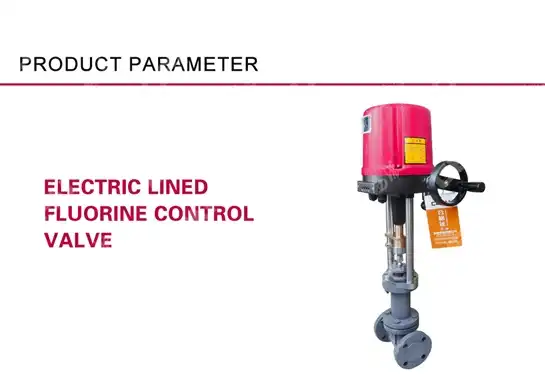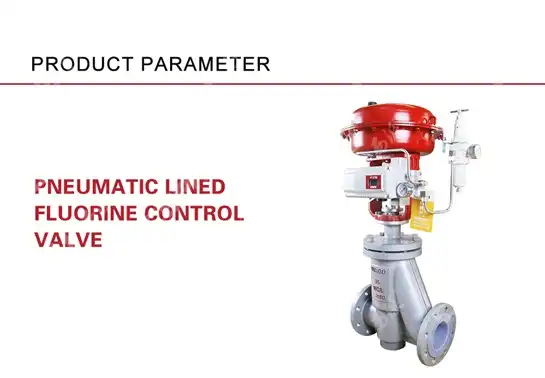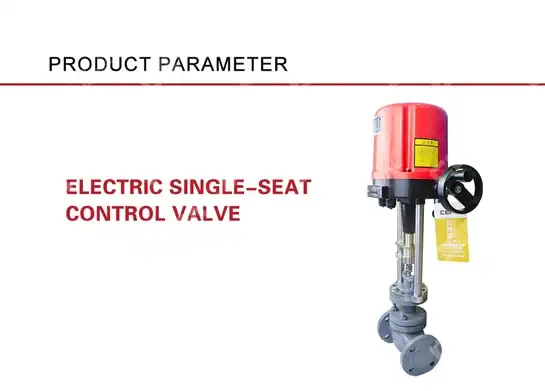Choosing the Right Packing for High-Temperature Control Valves: What You Need to Know
Imagine the catastrophic failure of a critical High-Temperature Control Valve in a petrochemical plant due to inadequate packing selection—production halts, safety risks escalate, and costs soar into millions. The difference between operational success and devastating failure often lies in one crucial component: the valve packing. When High-Temperature Control Valves operate in extreme thermal environments exceeding 450°F (232°C), selecting the appropriate packing material becomes the cornerstone of system reliability, environmental compliance, and operational safety. This comprehensive guide demystifies the complex world of high-temperature packing selection, providing engineers and procurement professionals with the essential knowledge to make informed decisions that prevent costly failures and ensure optimal valve performance in the most demanding applications.
Understanding High-Temperature Control Valve Packing Fundamentals
-
The Critical Role of Packing in Thermal Applications
High-Temperature Control Valve packing serves as the primary barrier preventing process media leakage while allowing smooth stem operation under extreme thermal conditions. In high-temperature applications, packing materials face unprecedented challenges including thermal expansion, oxidation, chemical degradation, and mechanical stress cycling. The packing system must maintain its sealing integrity while accommodating the thermal growth of valve components, resist chemical attack from process fluids, and provide consistent performance throughout extended service intervals. Traditional packing materials that perform adequately at ambient temperatures often fail catastrophically in high-temperature environments. Elastomeric seals experience hardening and cracking, while conventional rope packings lose their flexibility and sealing capability. The selection process for High-Temperature Control Valve packing requires understanding not only the maximum operating temperature but also the thermal cycling patterns, pressure differentials, and chemical compatibility requirements specific to each application.
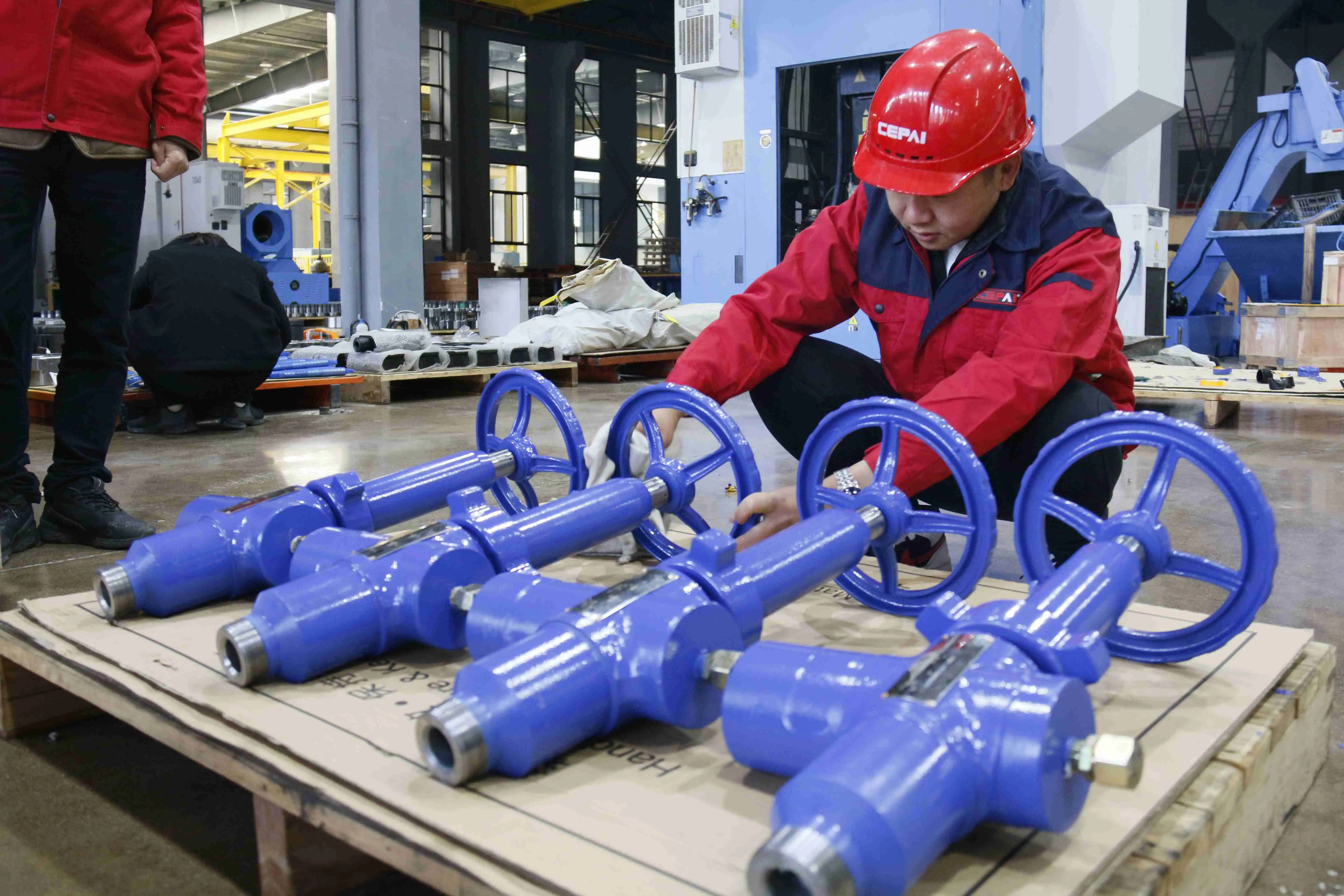
-
Material Science Behind High-Temperature Packing Performance
The molecular structure of packing materials determines their high-temperature performance characteristics. Graphite-based packings excel in high-temperature applications due to their crystalline structure, which remains stable at temperatures exceeding 1000°F (538°C) in non-oxidizing environments. These materials maintain their mechanical properties while providing excellent thermal conductivity, which helps dissipate heat away from critical sealing surfaces. PTFE (polytetrafluoroethylene) and its variations offer exceptional chemical resistance and low friction characteristics, making them suitable for High-Temperature Control Valve applications up to 500°F (260°C). However, PTFE undergoes a phase transition at approximately 620°F (327°C), limiting its use in extreme temperature applications. Advanced engineered materials such as spring-energized seals with metal springs and high-performance polymer facings provide superior performance in applications where temperature fluctuations and cycling are common.
Essential Factors for High-Temperature Packing Selection
-
Temperature Rating and Thermal Cycling Considerations
Determining the appropriate temperature rating for High-Temperature Control Valve packing requires comprehensive analysis of both steady-state and transient thermal conditions. The maximum continuous operating temperature represents just one aspect of the selection criteria. Thermal cycling frequency, heating and cooling rates, and temperature gradient profiles across the valve body significantly impact packing performance and longevity. Process applications involving steam service, molten salt systems, or high-temperature chemical processes subject packing materials to extreme thermal stress. The coefficient of thermal expansion mismatch between the packing material and valve body materials can create sealing gaps or excessive compression forces, both of which compromise sealing effectiveness. Advanced packing designs incorporate multiple material layers with complementary thermal expansion characteristics to maintain consistent sealing force across the operating temperature range.
-
Chemical Compatibility and Environmental Factors
Chemical compatibility assessment extends beyond simple material compatibility charts when dealing with High-Temperature Control Valve applications. Elevated temperatures accelerate chemical reaction rates, potentially causing materials that appear compatible at ambient conditions to degrade rapidly in service. Oxidizing environments present particular challenges, as many high-temperature packing materials, including graphite, exhibit poor oxidation resistance. The presence of catalytic materials in the process stream can further complicate material selection. Metal catalysts can accelerate the degradation of organic packing components, while certain chemical additives can extract plasticizers from polymer-based packing materials. Environmental factors such as radiation exposure in nuclear applications or abrasive particles in slurry services require specialized packing formulations designed to withstand these additional stresses.
Advanced Packing Technologies for Extreme Applications
-
Engineered Composite Packing Systems
Modern High-Temperature Control Valve applications increasingly rely on engineered composite packing systems that combine multiple materials to optimize performance characteristics. These hybrid systems typically incorporate a primary sealing element made from high-temperature stable materials such as expanded graphite or PTFE, combined with backup rings or support structures made from materials optimized for mechanical strength and thermal stability. Laminated packing constructions layer different materials to create synergistic performance benefits. For example, a system might incorporate a soft, conformable inner layer for primary sealing, a structural intermediate layer for load distribution, and a hard outer layer for wear resistance. This multi-layer approach allows engineers to tailor packing performance to specific application requirements while maintaining the overall integrity of the sealing system.
-
Live-Loading and Spring-Energized Designs
Live-loading systems represent a significant advancement in High-Temperature Control Valve packing technology. These designs incorporate spring elements that maintain consistent sealing force despite thermal expansion, wear, and relaxation of the packing materials. Belleville washers, wave springs, or coil springs provide the energizing force, automatically compensating for dimensional changes that occur during thermal cycling. Spring-energized seals combine the benefits of live-loading with advanced seal geometries optimized for high-temperature service. The metallic spring element maintains its mechanical properties at elevated temperatures while the sealing lip, typically made from high-performance polymers or metal, provides the primary sealing interface. These systems offer superior performance in applications with frequent thermal cycling or where maintenance intervals must be extended.
Performance Optimization and Maintenance Strategies
-
Installation Best Practices for High-Temperature Applications
Proper installation techniques significantly impact the performance and longevity of High-Temperature Control Valve packing systems. Pre-loading requirements for high-temperature packings often differ from standard temperature applications due to thermal expansion considerations. Under-loading results in inadequate sealing at operating temperatures, while over-loading can cause premature wear or stress cracking of packing materials. Installation torque specifications must account for the thermal expansion of valve body materials and the relaxation characteristics of the packing material. Many high-temperature packing materials require a break-in period where initial compression is gradually increased through several thermal cycles. This process allows the packing to conform to surface irregularities and establish optimal sealing contact.
-
Predictive Maintenance and Monitoring Techniques
Advanced monitoring technologies enable predictive maintenance strategies that maximize High-Temperature Control Valve packing life while minimizing the risk of unexpected failures. Acoustic emission monitoring can detect the onset of packing wear or degradation before visible leakage occurs. Thermal imaging techniques identify hot spots that may indicate packing problems or improper installation. Online packing adjustment systems allow maintenance personnel to optimize packing compression while the valve remains in service. These systems incorporate instrumentation that measures packing load and automatically adjusts compression to maintain optimal sealing force. Real-time monitoring of packing performance parameters enables condition-based maintenance strategies that reduce maintenance costs while improving system reliability.
Industry Applications and Case Studies

-
Petrochemical and Refining Applications
The petrochemical industry presents some of the most demanding applications for High-Temperature Control Valve packing systems. Catalytic cracking units, coker units, and high-temperature chemical reactors operate at temperatures that challenge conventional packing materials. In these applications, packing failure can result in environmental releases, safety hazards, and significant economic losses due to unplanned shutdowns. Successful high-temperature packing implementations in petrochemical applications often involve custom-engineered solutions that address specific process conditions. For example, applications involving hydrogen service at elevated temperatures require packing materials with exceptional resistance to hydrogen permeation and hydrogen-induced embrittlement. Specialized graphite formulations with metallic additives provide the necessary barrier properties while maintaining mechanical integrity in these challenging environments.
-
Power Generation and Steam Service
Steam turbine bypass systems, high-pressure feedwater heaters, and superheater applications in power generation facilities require High-Temperature Control Valve packing systems capable of withstanding steam service conditions. The combination of high temperature, high pressure, and corrosive water chemistry creates a challenging environment for packing materials. Additionally, the cyclic nature of power plant operation subjects packing systems to repeated thermal and pressure cycling. Advanced steam service packing designs incorporate multiple sealing stages with different materials optimized for specific aspects of the sealing challenge. Primary sealing stages use materials optimized for steam compatibility and high-temperature performance, while backup stages provide redundancy and accommodate component wear. Live-loading systems prove particularly beneficial in steam service applications due to their ability to maintain sealing force despite thermal cycling and component relaxation.
Conclusion
Selecting appropriate packing for High-Temperature Control Valve applications requires comprehensive understanding of material properties, application conditions, and performance requirements. The critical factors include temperature limits, chemical compatibility, thermal cycling effects, and maintenance accessibility. Success depends on matching advanced packing technologies with specific application needs while considering long-term reliability and operational efficiency.
Cooperate with CEPAI Group Co., LTD.
Partner with CEPAI Group Co., LTD., China's leading High-Temperature Control Valve manufacturer, established in 2009 with cutting-edge intelligent manufacturing capabilities. As a China High-Temperature Control Valve factory certified with API, ISO, and CE standards, we deliver High Quality High-Temperature Control Valve solutions backed by our provincial-level research centers and CNAS-accredited laboratories. Our China High-Temperature Control Valve supplier expertise serves major clients including PetroChina, Sinopec, and international engineering companies. Contact our China High-Temperature Control Valve wholesale team at cepai@cepai.com for competitive High-Temperature Control Valve pricing and technical support. Bookmark this resource for future High-Temperature Control Valve for sale inquiries and expert guidance.
References
1. "Control Valve Packing Technology and Applications" by Fisher Controls International LLC, authored by technical engineering team, published in Valve Magazine technical series.
2. "High-Temperature Sealing Solutions for Industrial Applications" by James Walker Group, authored by Dr. Michael Thompson, published in Industrial Sealing Technology Journal.
3. "Advanced Materials for High-Temperature Valve Applications" by ASME Press, authored by Professor Robert Chen and Dr. Sarah Martinez, published in Materials Engineering Handbook series.
4. "Fugitive Emissions Control in Process Industries" by Emerson Automation Solutions, authored by Wade Helfer and Sarah Witte, published in Process Safety and Environmental Protection technical publication.

Get professional pre-sales technical consultation and valve selection services, customized solution services.
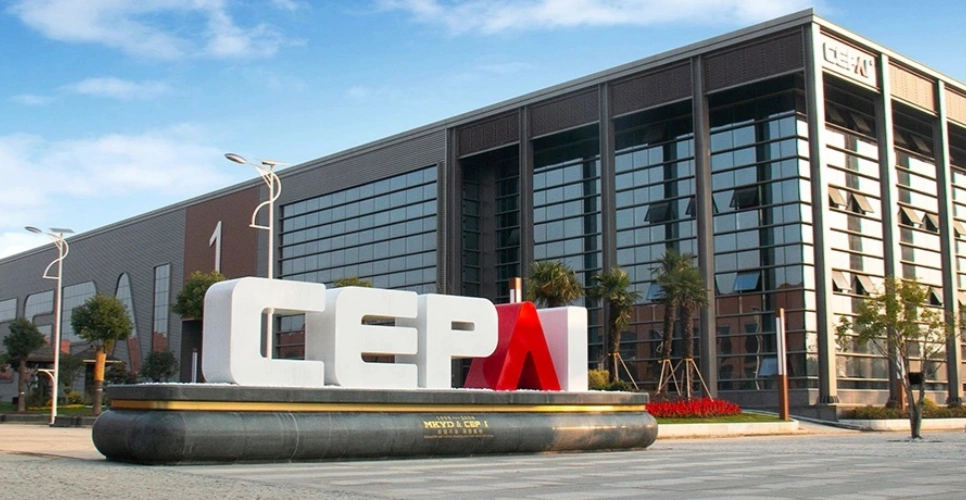
About CEPAI
